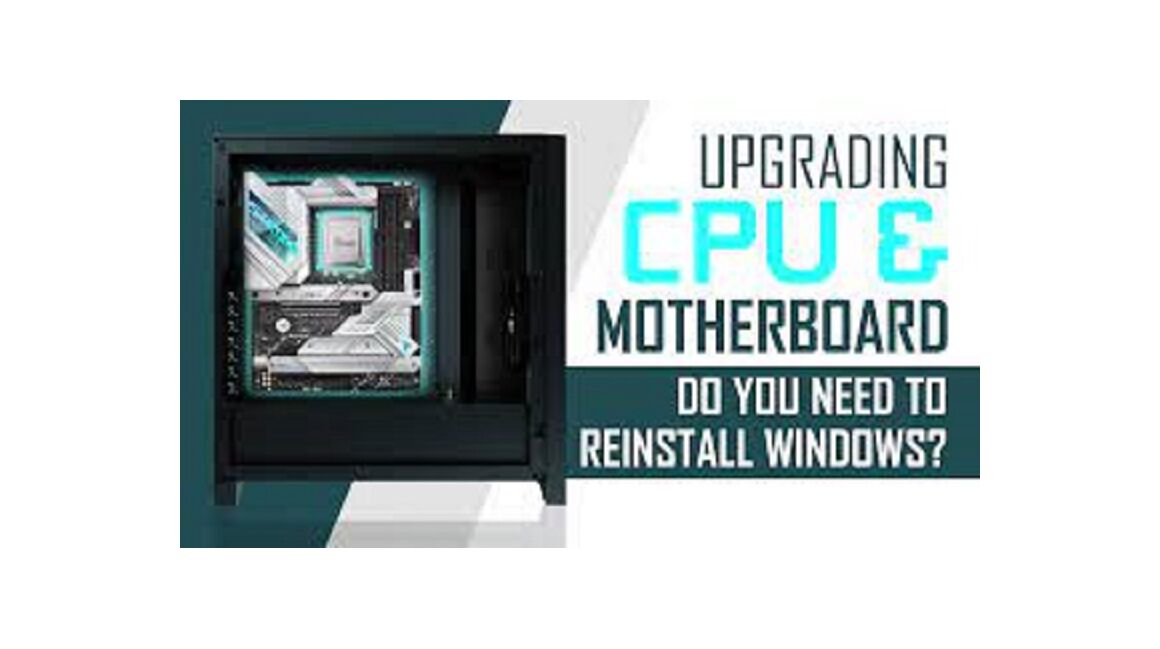Do we have to reinstall Windows after upgrading components of your PC

Introduction :
When upgrading components of a PC, it is a common question whether it is necessary to reinstall Windows. The answer varies depending on the specific components being upgraded and the situation. In some cases, a clean install of Windows may be necessary to ensure proper functionality and stability, while in other cases it may not be necessary. In this article, we will explore the factors that determine whether or not to reinstall Windows after upgrading components of a PC.
-
Requirements:
-
Steps to follow :
-
CPU: When upgrading the CPU of a PC, it is highly recommended to perform a clean install of Windows. This is because the CPU is one of the most critical components of a computer, and changing it can have a significant impact on the system's performance and stability.
A clean install of Windows will ensure that all the necessary drivers and software are installed and configured properly for the new CPU, which will help to avoid any potential compatibility issues. Additionally, a clean install will remove any leftover drivers or settings from the previous CPU, which can help to improve system stability and prevent errors.
While it is possible to upgrade a CPU without reinstalling Windows, it is not recommended. In some cases, the system may not even boot up properly after the CPU upgrade without a clean install of Windows.
In summary, it is highly recommended to perform a clean install of Windows when upgrading the CPU of a PC to ensure proper functionality and stability.

-
Graphics card: In most cases, it is not necessary to reinstall Windows after upgrading the graphics card of a PC. Graphics cards are designed to be plug-and-play, which means that Windows should automatically detect and install the necessary drivers when a new graphics card is installed.
However, it is a good idea to update the graphics card drivers manually to ensure that you have the latest version and to avoid any potential issues. You can do this by downloading the latest drivers from the manufacturer's website and installing them on your system.

-
RAM: In most cases, it is not necessary to reinstall Windows after upgrading the RAM (Random Access Memory) of a PC. RAM is a temporary storage component that is used by the computer to store data that is being actively used by the CPU. Adding more RAM to a computer can help improve its performance by allowing it to store and access more data simultaneously.
Upgrading the RAM does not change the system's hardware configuration in a way that would require a clean install of Windows. The operating system should be able to recognize and use the additional RAM once it is installed.
-
Hard Drive: If you are replacing the hard drive in your PC with a new one, then it is recommended to reinstall Windows to ensure that the operating system is properly configured for the new hardware.
A clean install of Windows involves wiping the old hard drive and installing a fresh copy of the operating system on the new hard drive. This will ensure that all the necessary drivers and settings are configured properly for the new hardware, which will help to avoid any potential compatibility issues.
If you have important data and files on the old hard drive that you want to keep, you can transfer them to an external hard drive or USB drive before performing the clean install of Windows. Once the clean install is complete, you can transfer your files back to the new hard drive.

In conclusion, upgrading components of your PC can provide significant improvements in performance, functionality, and overall user experience. When upgrading components such as the CPU or motherboard, it is usually necessary to perform a clean install of Windows to ensure proper functionality and stability. However, when upgrading other components such as the graphics card or RAM, a clean install of Windows may not be necessary, but it is important to ensure that the appropriate drivers and settings are configured properly for the new hardware.
-



